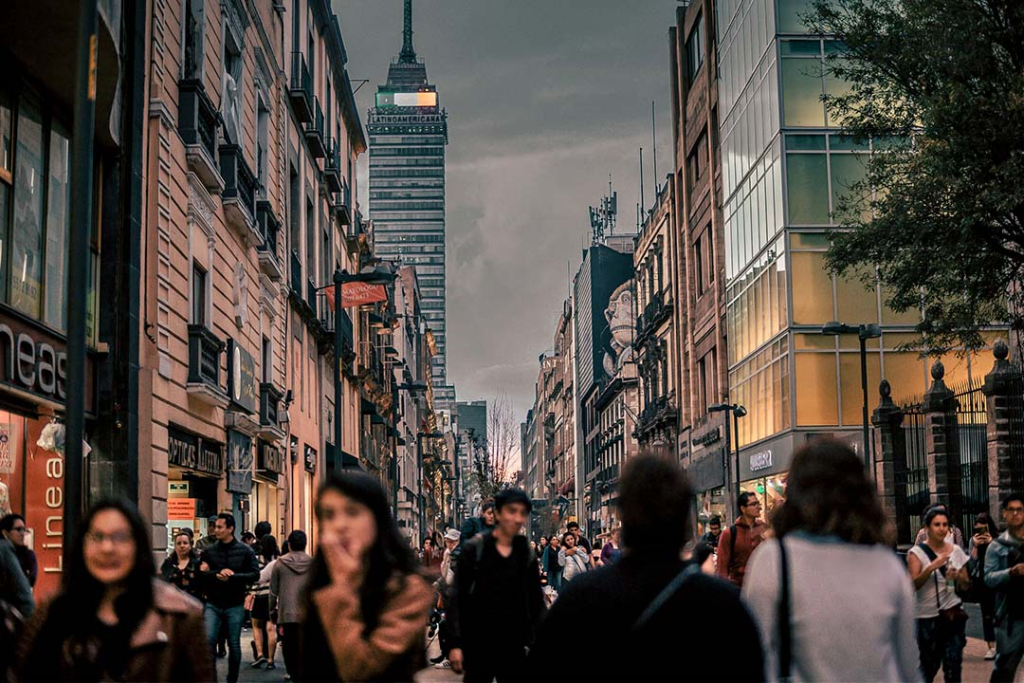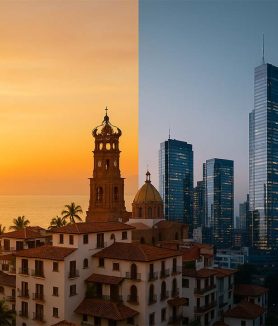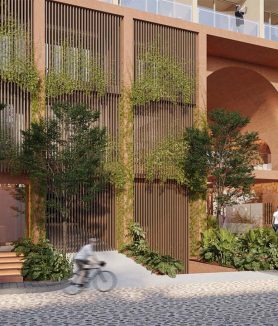A recent international study positions Mexico City as the Latin American metropolis with the highest housing prices in 2025. Behind the increase, an urban transformation driven by international flows, territorial inequality, and the sustained advance of gentrification is emerging.
The Price of Living in the Heart of the Continent
In the global ranking of prices per square meter prepared by Deutsche Bank, Mexico City appears 54th among the 70 cities with the most expensive housing market in the world. With an average cost of $3,533 per square meter in central areas, it surpasses any other city in Latin America, consolidating its position as the most expensive market in the region for those seeking to purchase a home.
In the regional comparison, it is followed by Buenos Aires, with an estimated price of $2,699 per square meter,and Santiago de Chile, just below, at $2,633.São Paulo and Rio de Janeiro show slightly lower prices, while Bogotá completes the list with an average of $1,781 per square meter in its central areas.
Rents also skyrocket
The German bank's report also details the monthly rental costs for three-bedroom apartments in downtown areas. Once again, Mexico City tops the Latin American list,with an average rent of $2,121 per month,representing significant growth compared to pre-pandemic values.
São Paulo, Buenos Aires, and Santiago range from $1,291 to $989,while cities like Rio de Janeiro and Bogotá remain below $900 per month. These figures reflect not only the dynamism of the market, but also the social pressures emerging from the sustained rise in housing costs.
The other side of rising housing prices: gentrification and exclusion
Rising housing prices in Mexico City aren't solely due to macroeconomic factors or the appreciation of central areas. A key factor in this phenomenon is accelerated gentrification,which in recent years has transformed traditional neighborhoods such as Roma, Condesa, Juárez, and Escandón, displacing longtime residents and altering the social fabric.
Factors such as transnational teleworking,the arrival of digital nomads— mainly from the United States and Europe—as well as the concentration of tourism and gastronomic services in these neighborhoods, have boosted demand for rentals in dollars and contributed to unprecedented real estate inflation in the country. According to a recent report by the Inmuebles24website, rents in some areas of the city have risen more than 40% in the last two years,mainly for properties offered to foreigners.
A Gap That Continues to Widen
While Mexico City offers a first-class cultural, employment, and urban infrastructure in Latin America, rising prices have created an ever-widening gap between local incomes and market values.While the average monthly salary for a professional is around $900 to $1,200,rental and home purchase prices in desirable areas are far above what most people can afford.
This phenomenon poses structural challenges: how to design affordable housing policies, how to preserve the right to the city for middle-class and working-class people, and how to manage the effects of foreign investment on urban environments.
What does this mean for the urban future?
The case of Mexico City illustrates a broader trend in the major capitals of the Global South: housing has become a global consumer good, subject to speculative dynamics that go beyond local logic. While the cultural, culinary, and climatic appeal of the Mexican capital continues to attract investment and new temporary residents, the city faces the challenge of not becoming an exclusive showcase for outsiders and falling prey to gentrification.
The real challenge is not only to contain rising prices, but to rethink the urban development model toward one that is more equitable, sustainable, and socially inclusive..
/
To read more about real estate click here.












